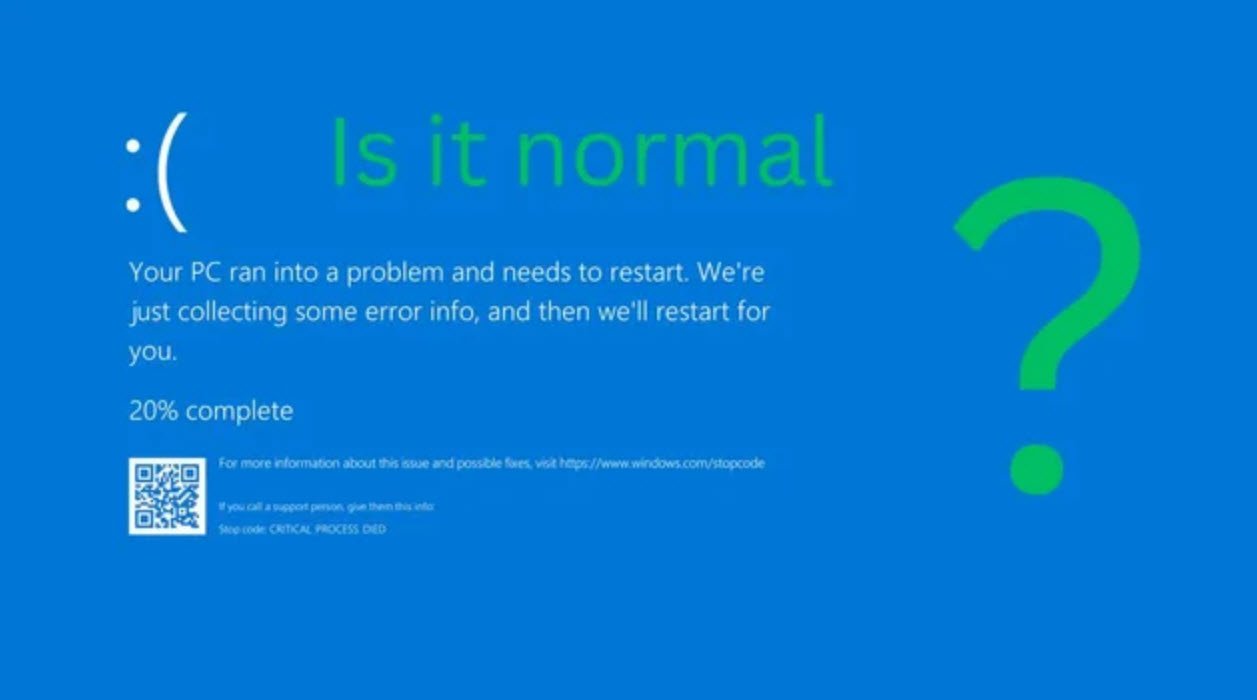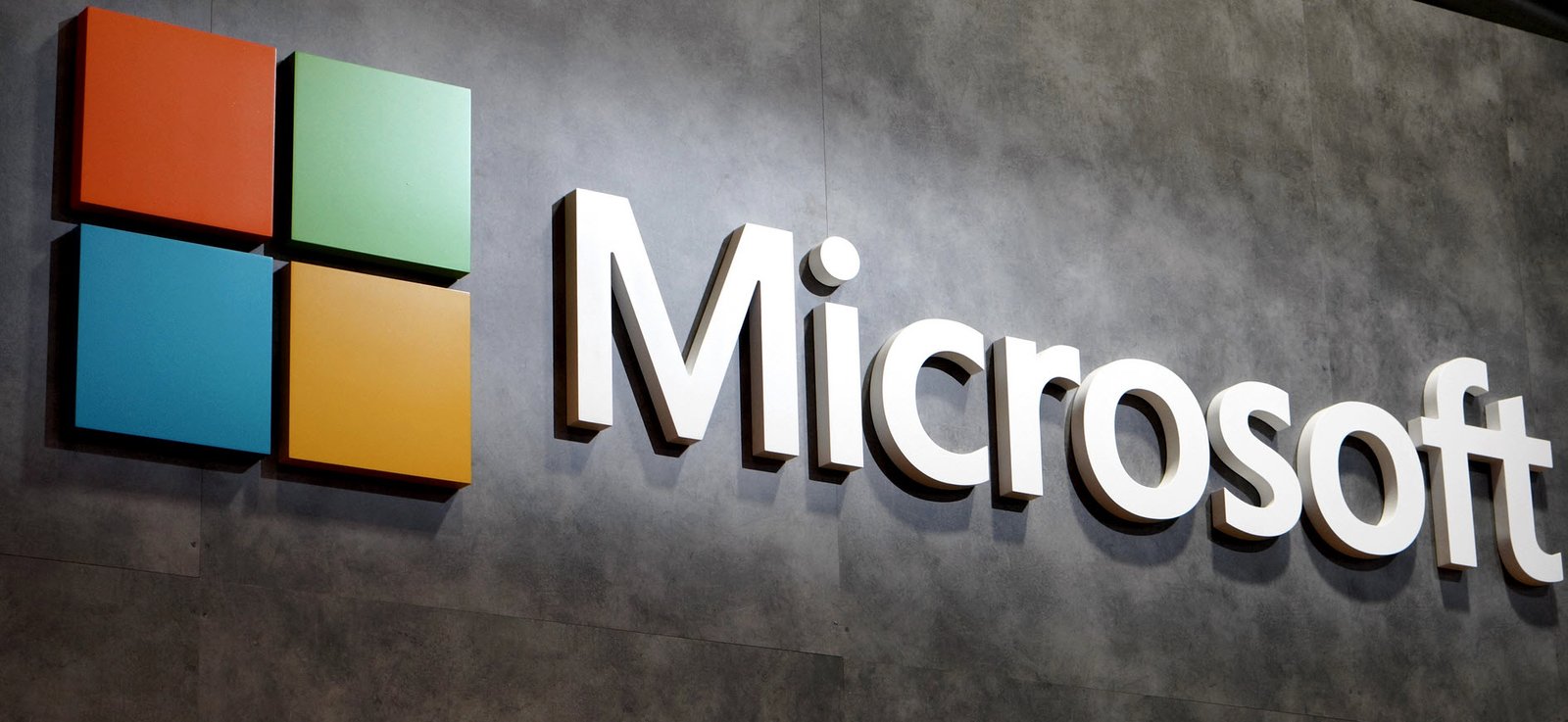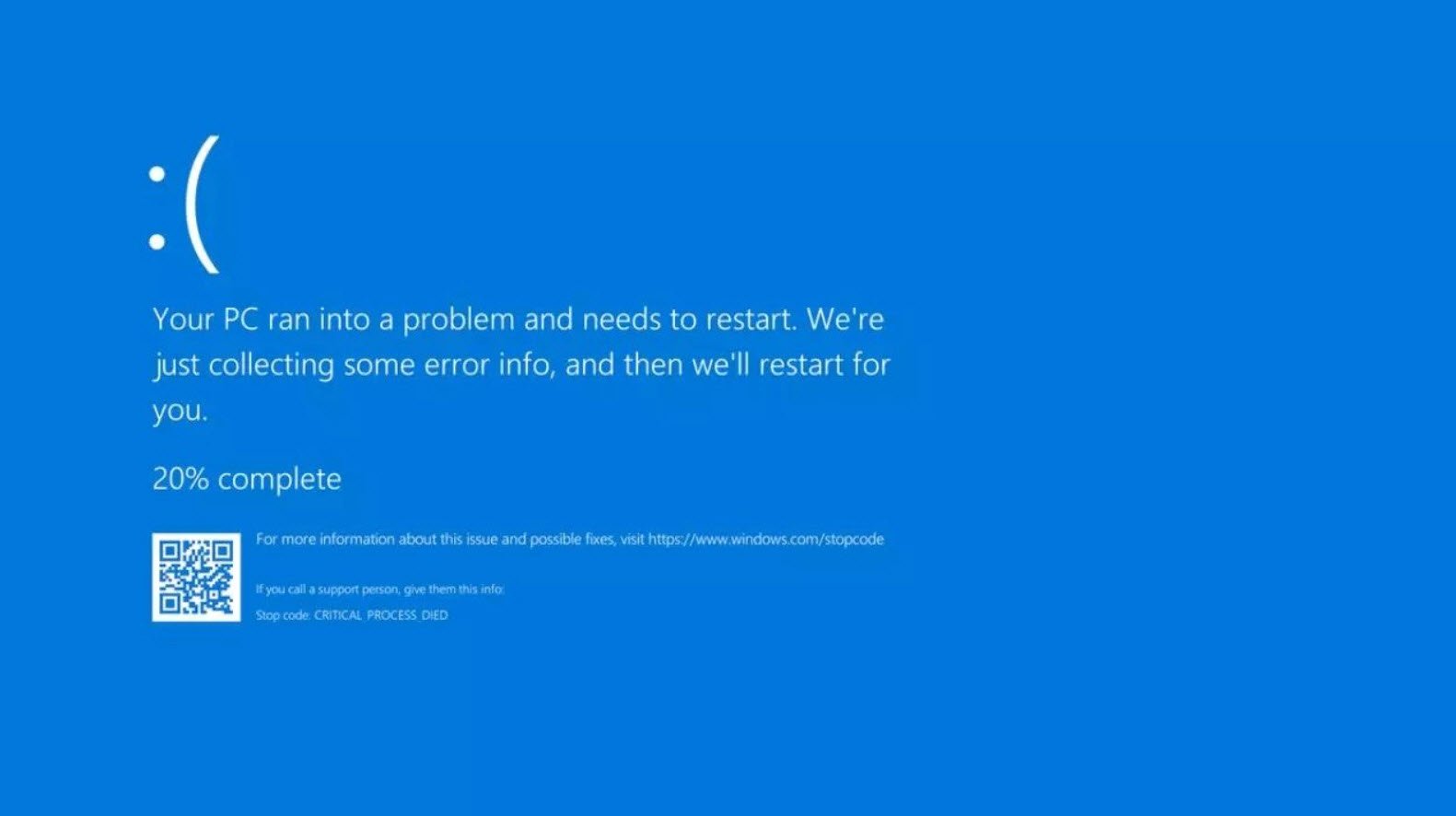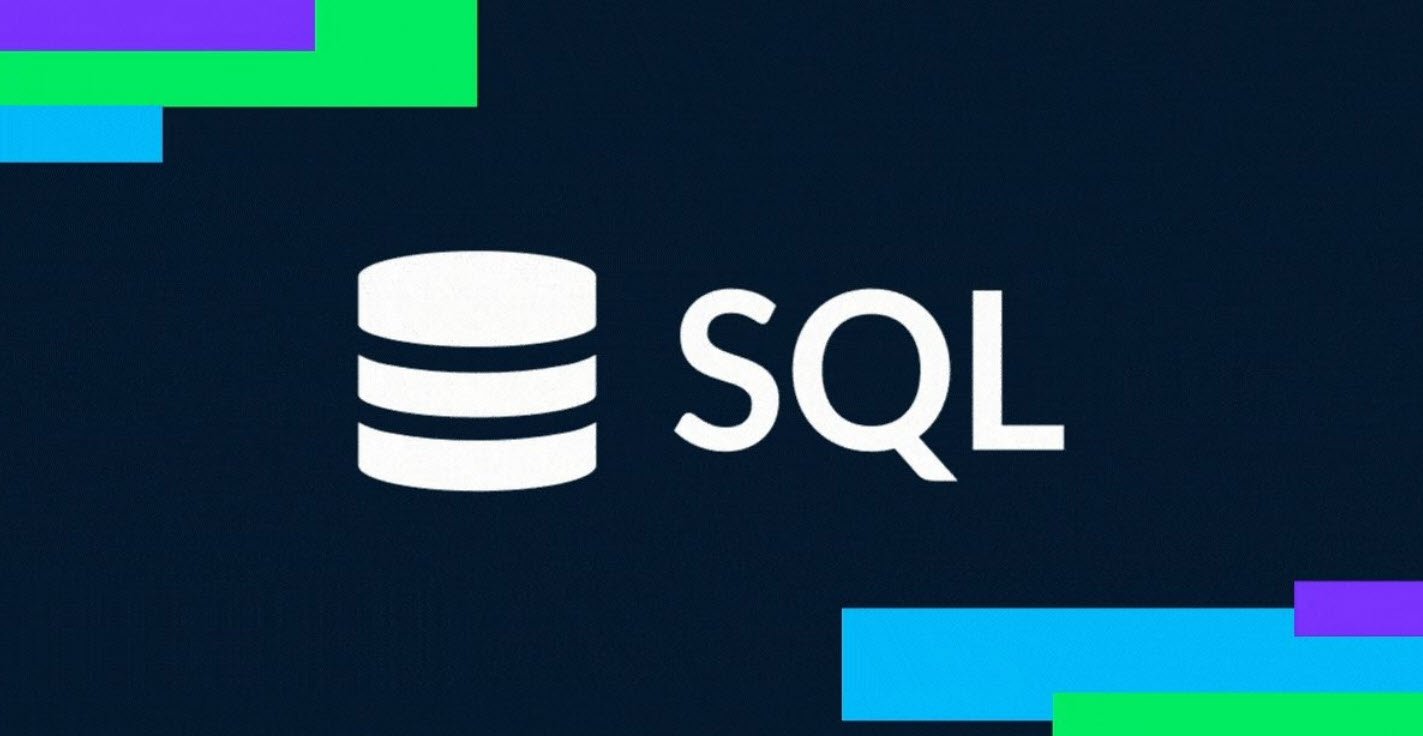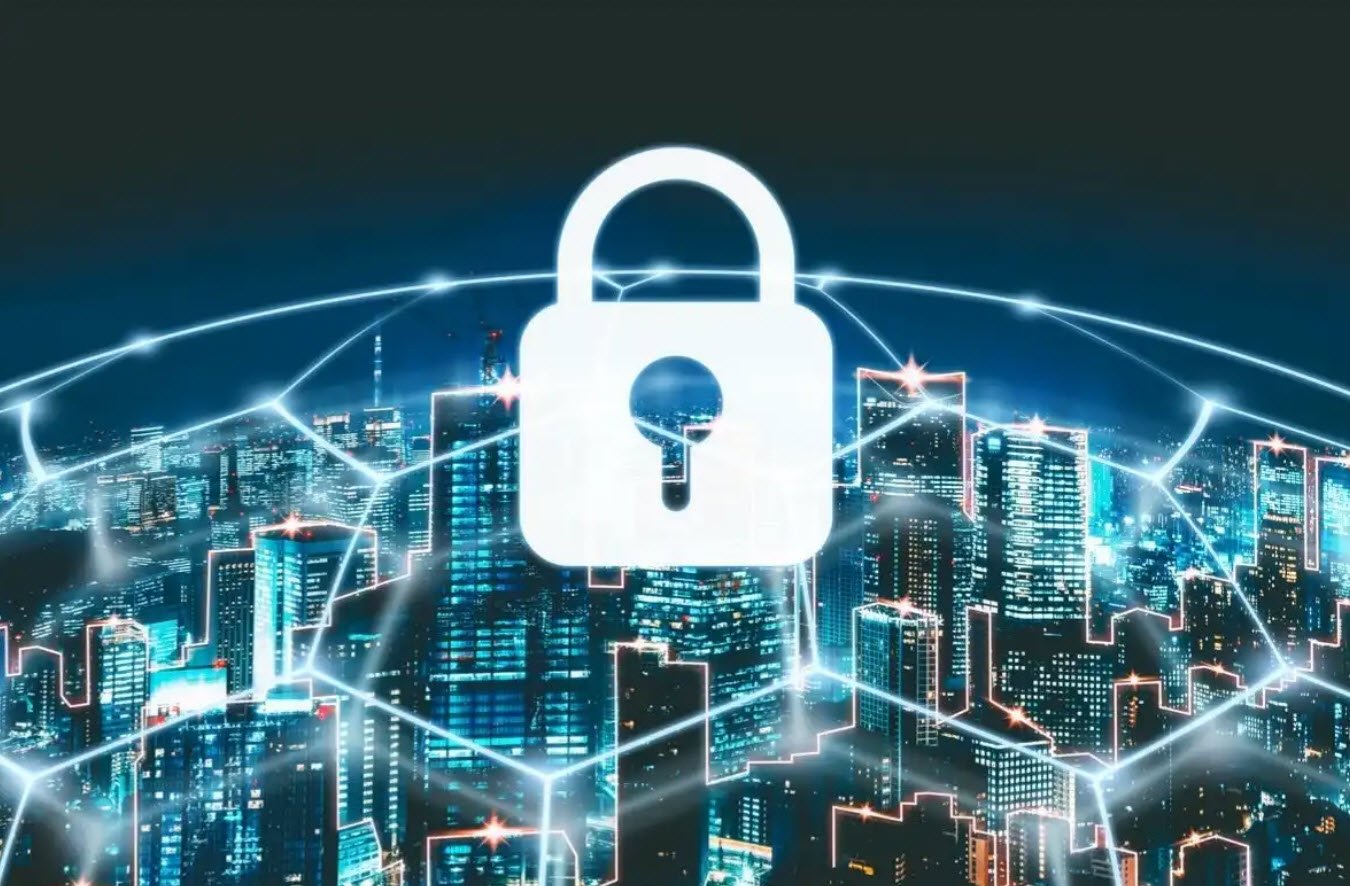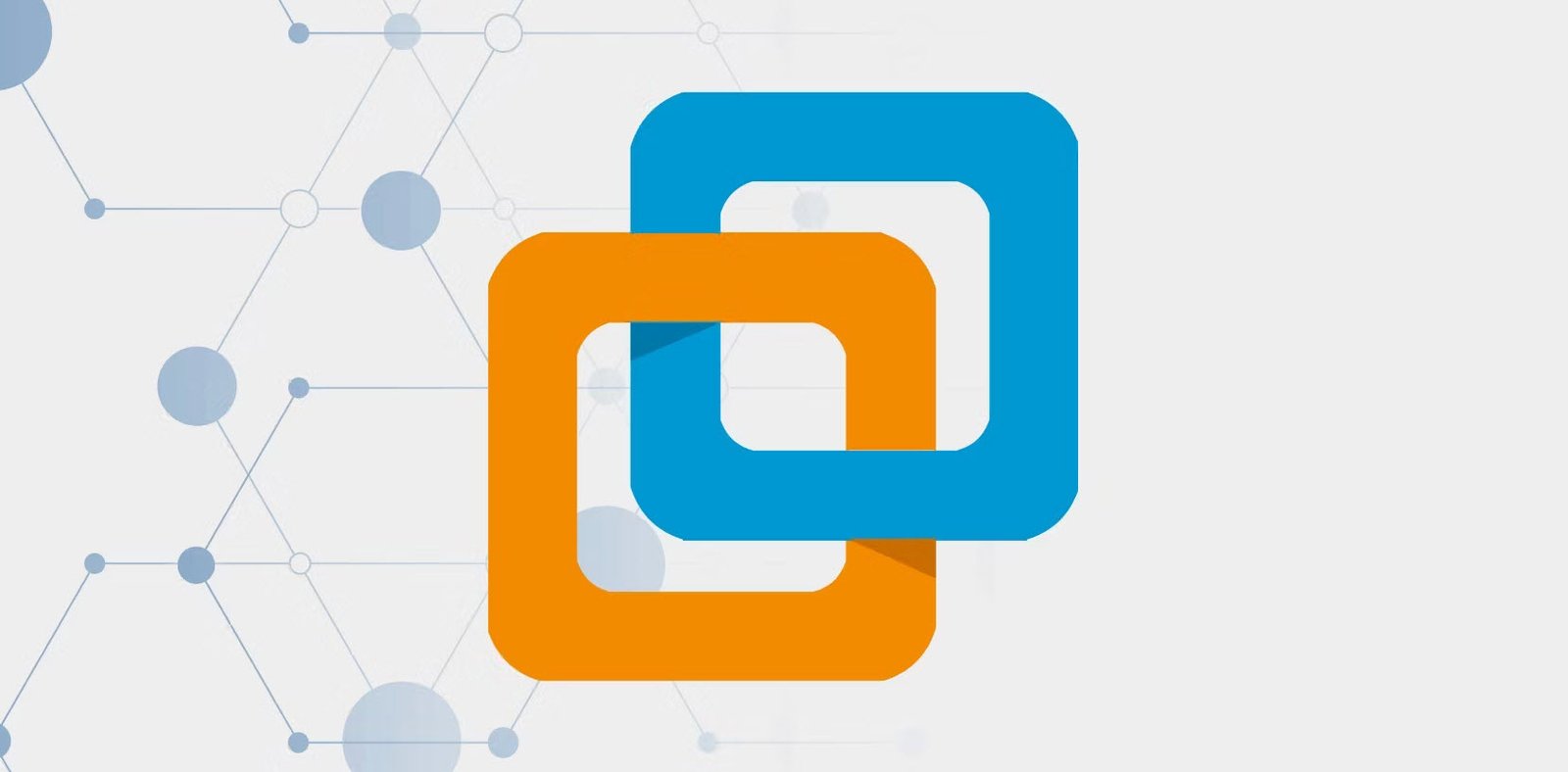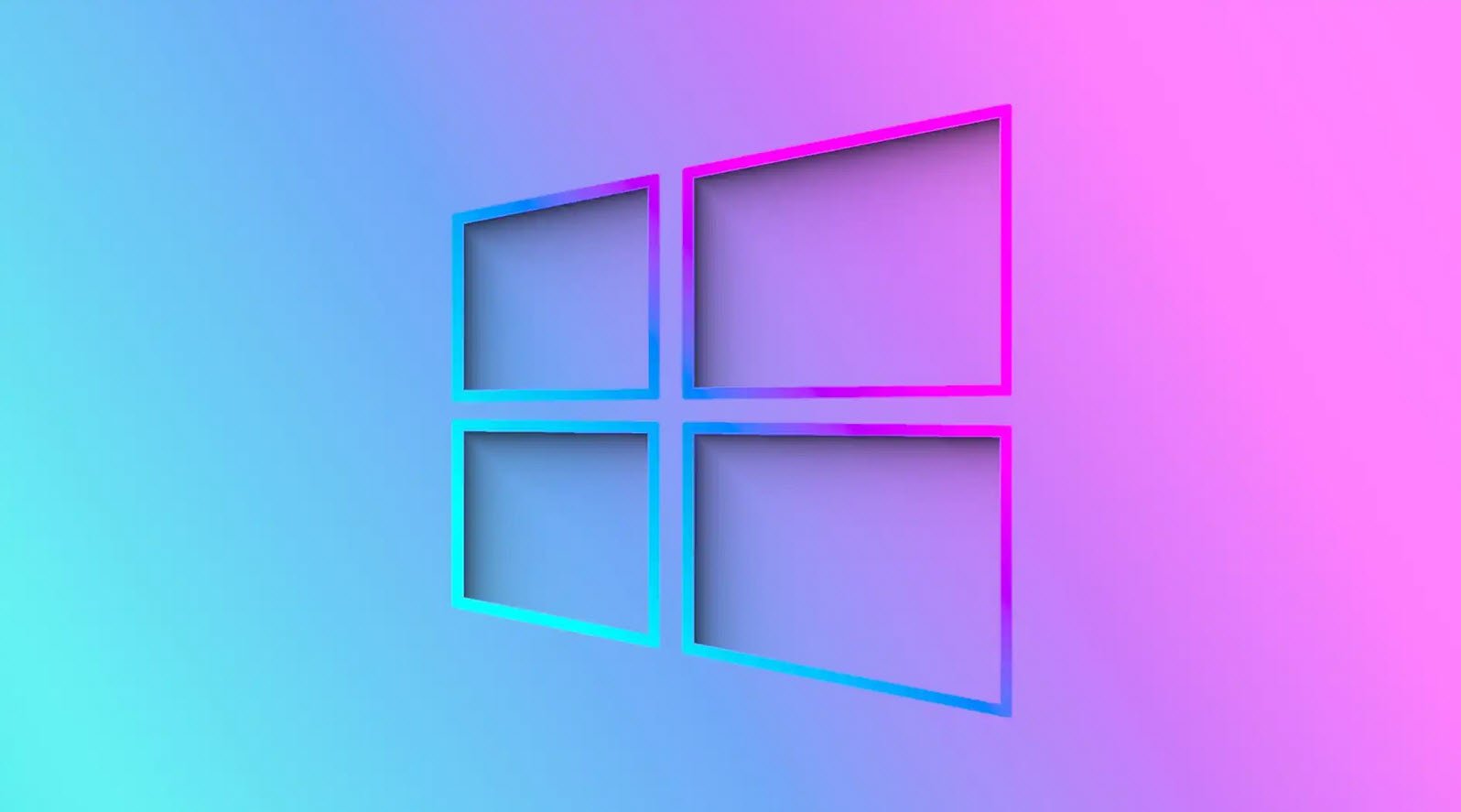
In an era driven by digital innovation, the seamless integration of technology into our daily lives is both a boon and a challenge. While technology enhances convenience and connectivity, it also exposes us to the ever-present threat of cyberattacks. These attacks can cripple businesses, compromise personal data, and disrupt the fabric of our interconnected world.
To counter this menace, adopting robust preventive measures is crucial. Here are the key activities that form the cornerstone of effective cyberattack prevention:
- Adhere to Company Security Guidelines
- Acknowledge the Skill of Hackers
- Keep Software and Tools Updated
- Regular Data Backups
- Encrypt and Protect Backup Data
- Adhere to Password Management Policies
- Strictly Follow Email Use Policies
- Deploy Intrusion Detection and Prevention Systems (IDS/IPS)
- Implement Antivirus Software and Firewalls
1. Adhere to Company Security Guidelines
Every organization has established security guidelines and protocols. These guidelines provide a blueprint for safeguarding sensitive information and data. Adhering to these guidelines ensures uniformity in security practices across the organization, reducing vulnerabilities.
2. Acknowledge the Skill of Hackers
Underestimating the capabilities of hackers is a grave mistake. Cybercriminals are highly skilled and innovative, continuously devising new ways to infiltrate systems. Staying vigilant and acknowledging their potential helps maintain a proactive defense posture.
3. Keep Software and Tools Updated
Outdated software and tools are often riddled with vulnerabilities that hackers exploit. Regularly updating your operating systems, applications, and security tools patches these vulnerabilities, ensuring that your defense mechanisms are up to date.
4. Regular Data Backups
Data loss due to cyberattacks can be catastrophic. Regularly backing up your data ensures that even if an attack occurs, you have a recent copy of your information that can be restored.
5. Encrypt and Protect Backup Data
Backed-up data is valuable, and its protection is paramount. Encrypting your backup data adds an extra layer of security, making it virtually unreadable to unauthorized users.
6. Adhere to Password Management Policies
Following stringent password management policies is vital. Employ strong, unique passwords, and change them regularly. Avoid reusing passwords and employ multi-factor authentication (MFA) where possible.
7. Strictly Follow Email Use Policies
Email is a common vector for cyberattacks, including phishing and malware distribution. Adhering to email use policies, which often involve not clicking on suspicious links or downloading attachments from unknown sources, is a fundamental defense against these threats.
8. Deploy Intrusion Detection and Prevention Systems (IDS/IPS)
Intrusion detection and prevention systems are your eyes and ears in the digital realm. They monitor network traffic for any unusual or malicious activity and can automatically take action to prevent unauthorized access.
9. Implement Antivirus Software and Firewalls
Antivirus software and firewalls act as the first line of defense against malware and unauthorized access. These tools scan for malicious code, block suspicious network traffic, and ensure that your systems remain secure.
In conclusion, the battle against cyberattacks requires a multi-faceted approach that combines technological solutions, proactive policies, and user awareness. By adhering to company security guidelines, recognizing the prowess of hackers, keeping software updated, regularly backing up data, following password and email use policies, and employing robust security tools like IDS/IPS and antivirus software, individuals and organizations can significantly reduce the risk of falling victim to cyber threats.
In a digital landscape where cyberattacks are a constant threat, these preventive measures are the shields that protect our digital assets and ensure a safer online environment for all.
You may also like:- How To Fix the Crowdstrike/BSOD Issue in Microsoft Windows
- MICROSOFT is Down Worldwide – Read Full Story
- Windows Showing Blue Screen Of Death Error? Here’s How You Can Fix It
- A Guide to SQL Operations: Selecting, Inserting, Updating, Deleting, Grouping, Ordering, Joining, and Using UNION
- Top 10 Most Common Software Vulnerabilities
- Essential Log Types for Effective SIEM Deployment
- How to Fix the VMware Workstation Error: “Unable to open kernel device ‘.\VMCIDev\VMX'”
- Top 3 Process Monitoring Tools for Malware Analysis
- CVE-2024-6387 – Critical OpenSSH Unauthenticated RCE Flaw ‘regreSSHion’ Exposes Millions of Linux Systems
- 22 Most Widely Used Testing Tools

